
Experiencing pain along the inside of your ankle or struggling with a flattening arch? You might be dealing with Posterior Tibial Tendonitis (PTT) or its more advanced stage, Posterior Tibial Tendon Dysfunction (PTTD).
Dealing with posterior tibial tendonitis (also spelled tendinitis) can be a frustrating and painful experience, but using the right supportive insoles can provide significant relief and aid in your recovery. Should your condition advance to posterior tibial tendon dysfunction (PTTD), supportive insoles remain crucial, helping you walk without pain and shielding your joints from undue stress.
But when searching for the ideal pair of insoles to address posterior tibial tendonitis, what key features should you prioritize?
In this article, we'll outline the crucial features of effective orthotics for posterior tibial tendonitis and explain why PCSsole insoles stand out as your premier choice.

Where Does Posterior Tibial Tendonitis Pain Manifest?
To identify the qualities of effective insoles for posterior tibial tendinitis, it’s crucial first to grasp the condition. In simple terms, it involves inflammation in your posterior tibial tendon.
The posterior tibial tendon connects to the tibialis posterior, the most crucial stabilizing muscle in your lower leg. This tendon extends from the back of your ankle, wraps behind the prominent bone on its inner side, and continues down into your foot's arch. Inflammation within this tendon can cause pain anywhere along the inside of the ankle and throughout the arch.
Posterior tibial tendinitis may stem from an abrupt injury, such as an ankle sprain. It can also develop from repeated stress on the tendon over time. Biomechanical inefficiencies, such as overpronation, where the ankle rolls inward too much, can put extra pressure on the tendon, increasing the risk of posterior tibial tendinitis.
Are Insoles Good for Posterior Tibial Tendonitis?
An effective pair of insoles for posterior tibial tendonitis will work to lessen the strain on your posterior tibial tendon, thereby preventing further irritation and giving the tendon a chance to heal. The most effective way to achieve this is by ensuring your foot and ankle move efficiently, maintaining both stability and neutral alignment.
Two crucial components for delivering this stability and neutral alignment are adequate arch support and a deep heel cup.

Do Arch Supports Help Posterior Tibial Tendonitis?
PCSsole insoles with 35mm arch support, featuring arch support that’s clinically shown to decrease foot strain by an average of 34%. By providing support under the arch, they effectively reduce the burden on the posterior tibial tendon, which helps maintain the foot’s arch.
Proper arch support is also crucial for encouraging neutral alignment in your foot and ankle. This neutral positioning enhances stability, which in turn reduces the strain on stabilizing muscles, such as the tibialis posterior. Ultimately, this helps to lighten the load on the posterior tibial tendon.
Neutral alignment is most effectively achieved when arch support is paired with a deep heel cup. The deep heel cup found in a PCSsole insole stops your heel from moving or rotating too much, ensuring you're walking on a neutral, stable foundation. This helps correct issues like overpronation, which can cause excessive strain on your tendons.
The Best Insoles for Posterior Tibial Tendon Dysfunction
Posterior Tibial Tendon Dysfunction (PTTD) develops when the posterior tibial tendon deteriorates, losing its ability to support the foot’s arch. This results in a condition often referred to as “fallen arches” or “collapsed arches.”
If you have flat feet due to fallen arches, the distribution of your body weight shifts, often causing your ankle to roll inward. This can trigger multiple problems in your feet and ankles, and may extend to your knees, hips, and back.
Quality insoles for PTTD serve the same purpose as those for standard posterior tibial tendinitis. They bolster the arch to re-establish a natural arch shape in your foot, promoting neutral alignment in your ankles and throughout your body, enabling efficient movement on a stable foundation.
PCSsole insoles are particularly effective for people with PTTD because they precisely mold to the arch of your foot, providing comfortable support for your foot. If you have PTTD, we recommend wearing them for a few hours a day to get accustomed to the fit of your arch, and then wear them for longer periods to achieve better comfort and support.
How do You Treat Posterior Tibialis Tendonitis?
To achieve a long-term resolution for posterior tibial tendonitis, it's crucial to strengthen the stabilizing muscles located in your calves. This can be effectively accomplished through straightforward exercises, such as calf raises: Strengthen the posterior tibialis by slowly raising and lowering heels.
A PCSsole insole can significantly assist in the short-term healing of your tendon by effectively reducing strain on it.

Posterior Tibial Tendonitis vs Plantar Fasciitis
Both posterior tibial tendonitis and plantar fasciitis can cause discomfort in the arch of your foot. So, how can you tell if you're experiencing one condition versus the other? While an accurate diagnosis is best obtained from your doctor, there are specific indicators that could help you make an educated guess.
Plantar fasciitis typically causes pain near the heel, at the rear of the arch. The discomfort is often most intense in the morning or after resting, when the plantar fascia ligament tightens.
Posterior tibial tendonitis is more likely to cause pain higher up in the arch, closer to the ankle. It also typically makes it more challenging to stand comfortably on your toes and more difficult to point your toes inward.
The good news is that no matter which issue you might be experiencing, PCSsole insoles are an excellent choice for reducing strain in your foot and alleviating your pain.
Which Insoles Are Best for Posterior Tibial Tendonitis?
All SOLE footbeds incorporate the identical Signature Supportive Shape, which is guaranteed to provide you with pain relief. If you don't experience relief within 60 days, you can simply return the insoles for a full refund.
This means that when deciding which insoles to buy, you only need to select the ones that fit your shoes best. From slim-fitting dress shoes to loose-fitting boots, our insoles are designed to fit your shoes perfectly, no matter what industry or activity you're in.


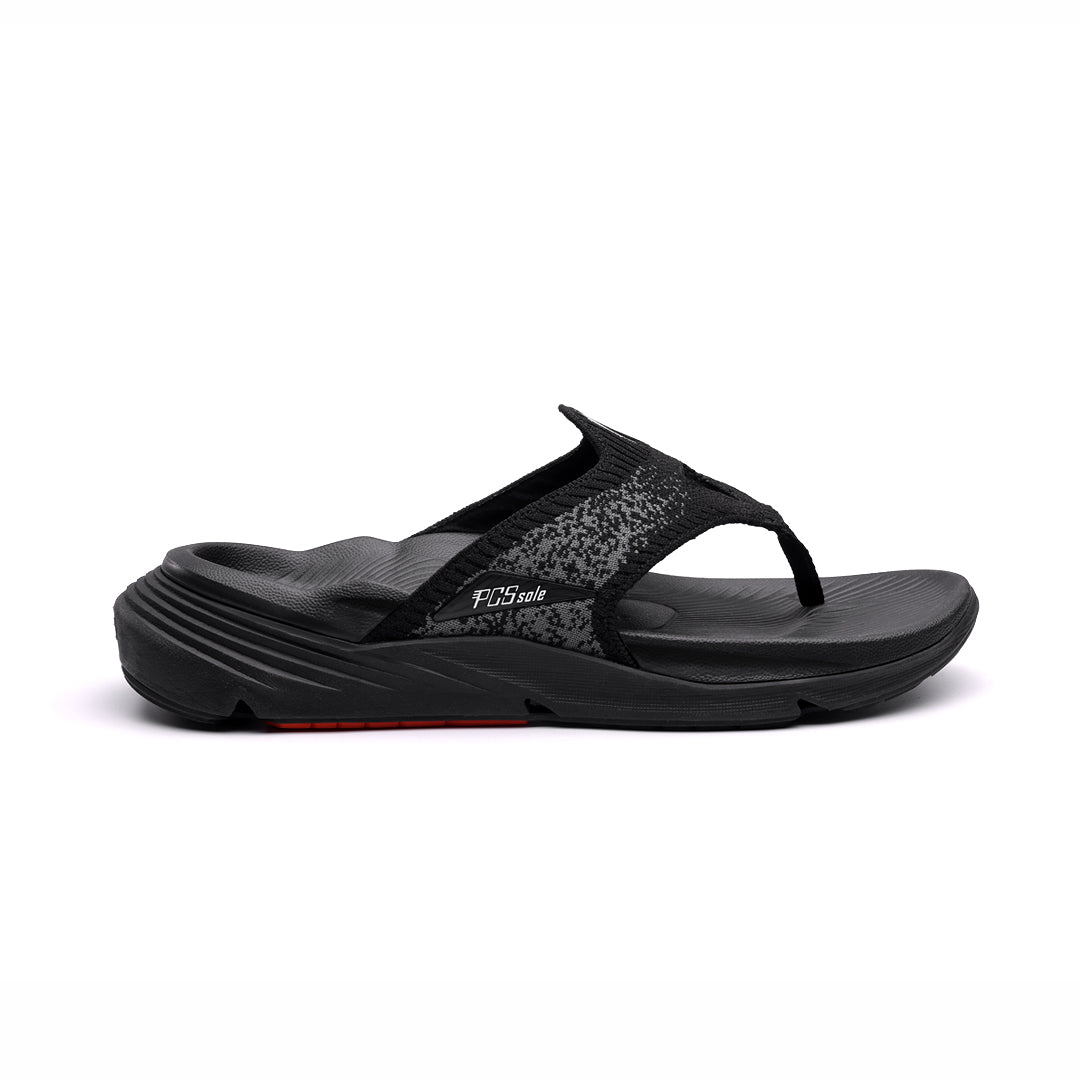

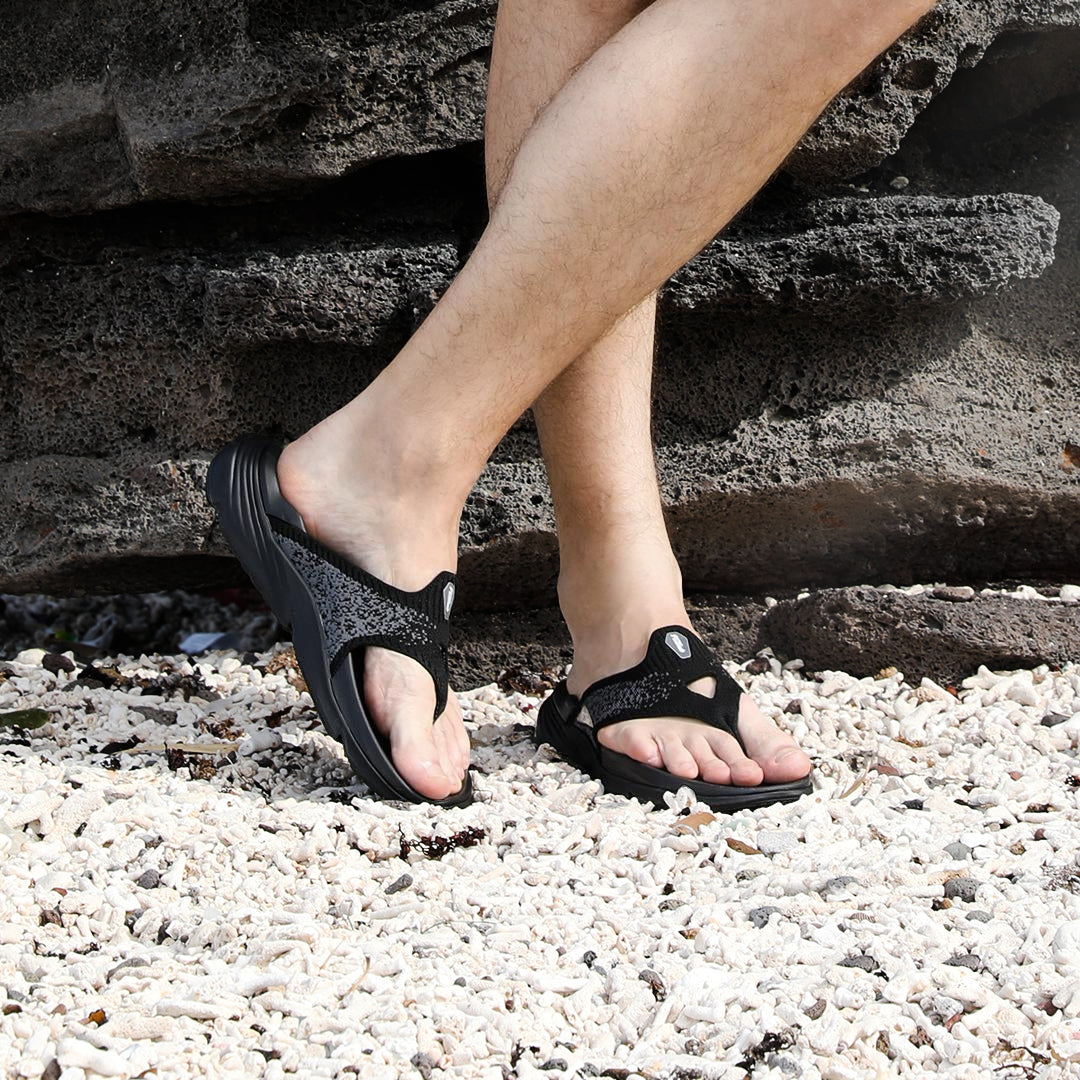
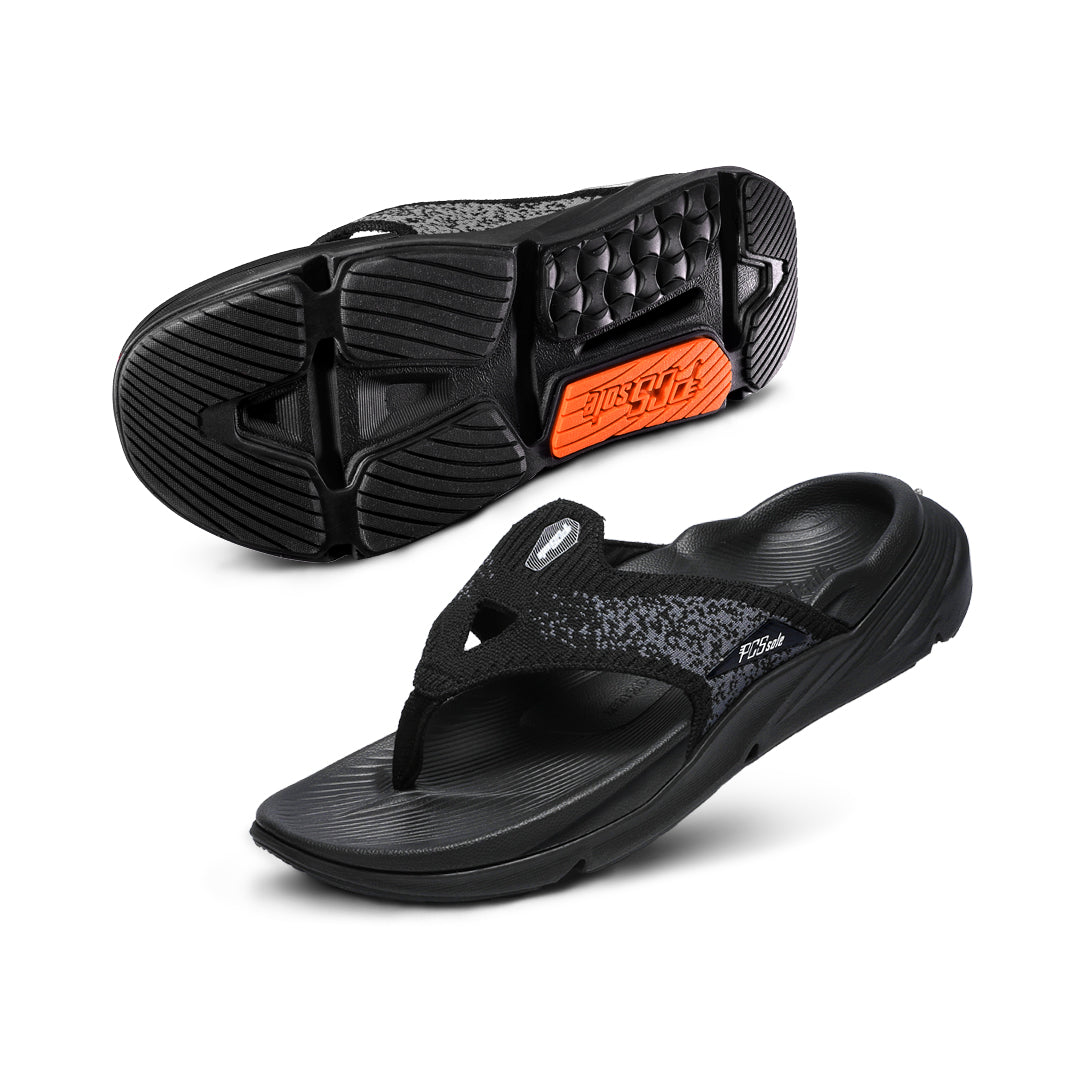
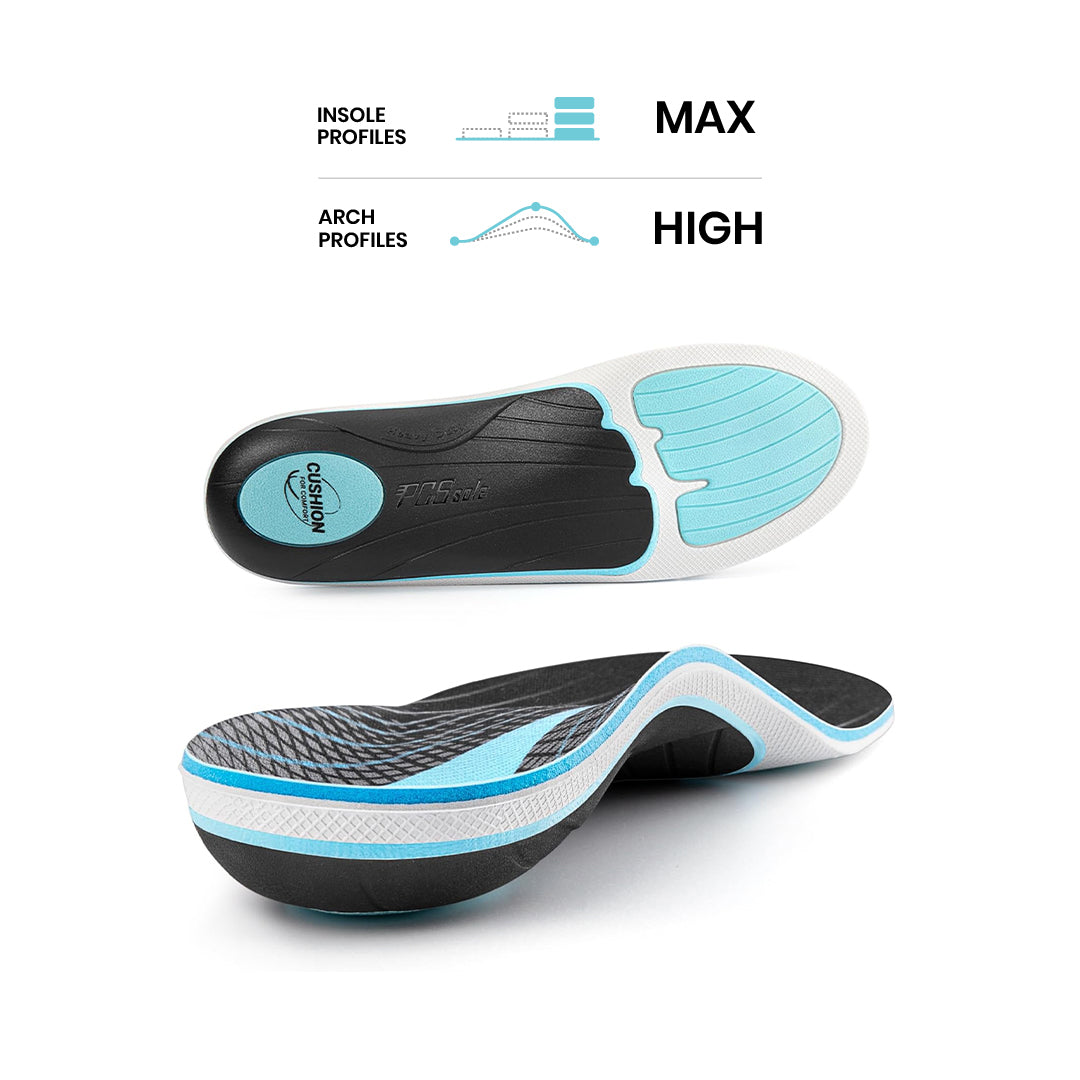
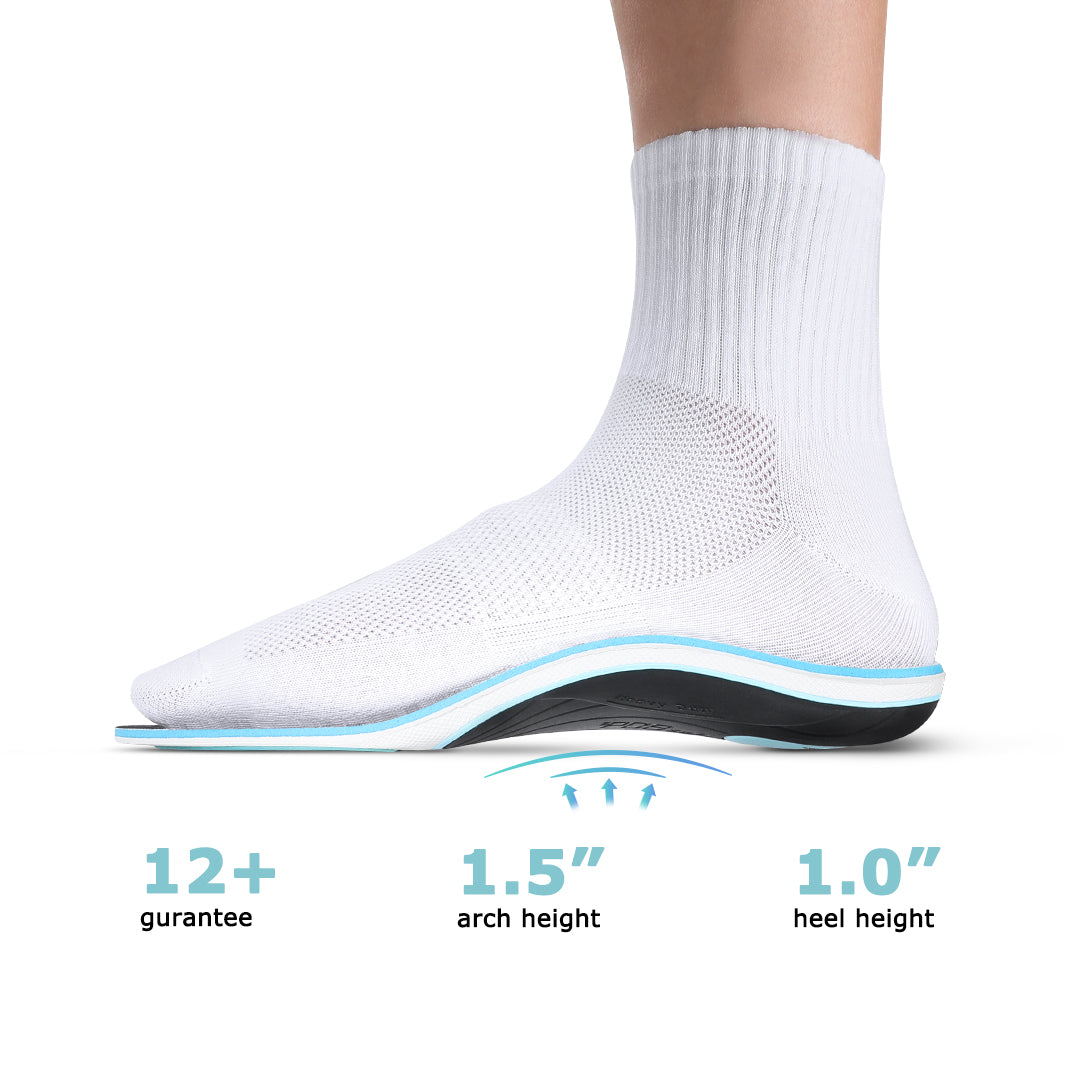
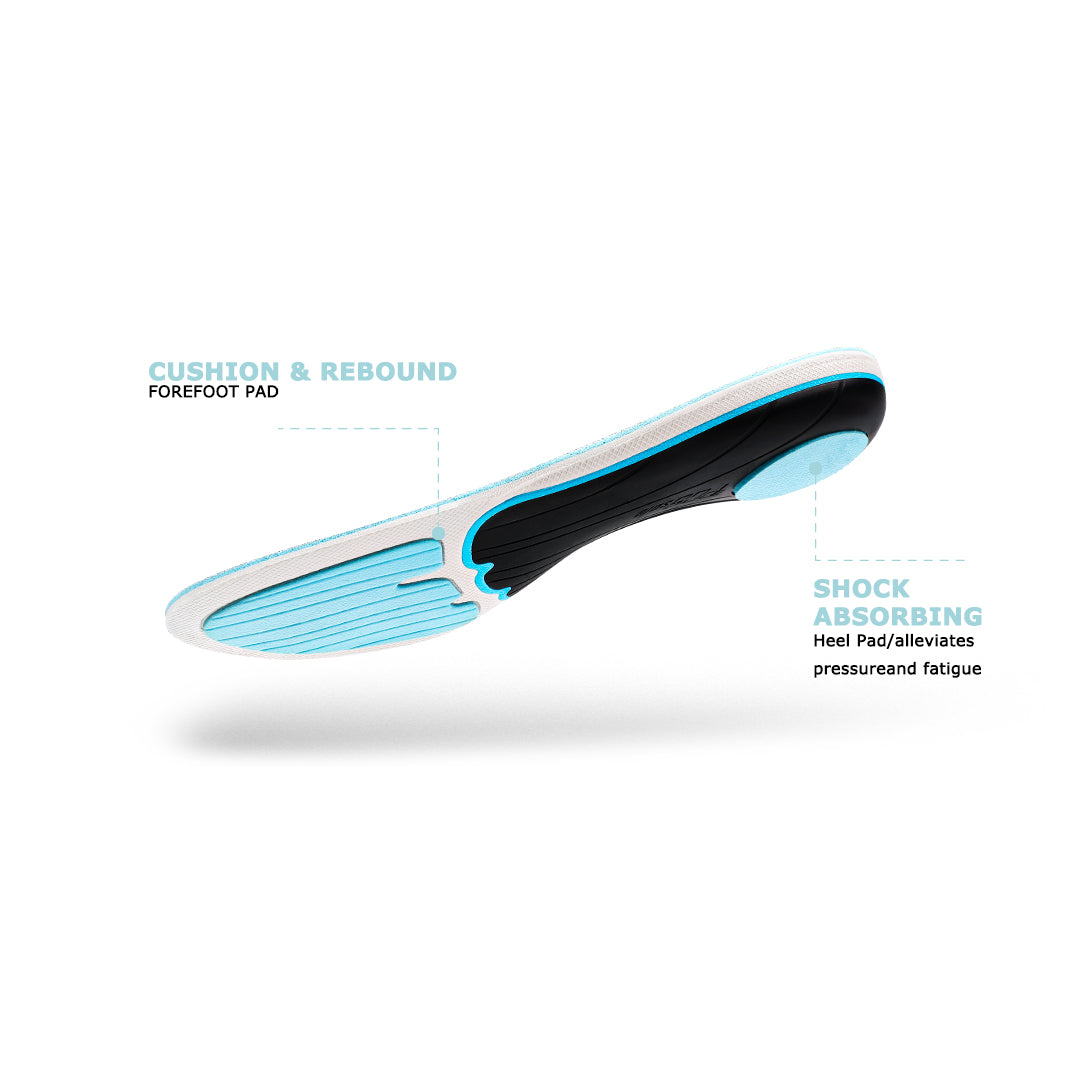
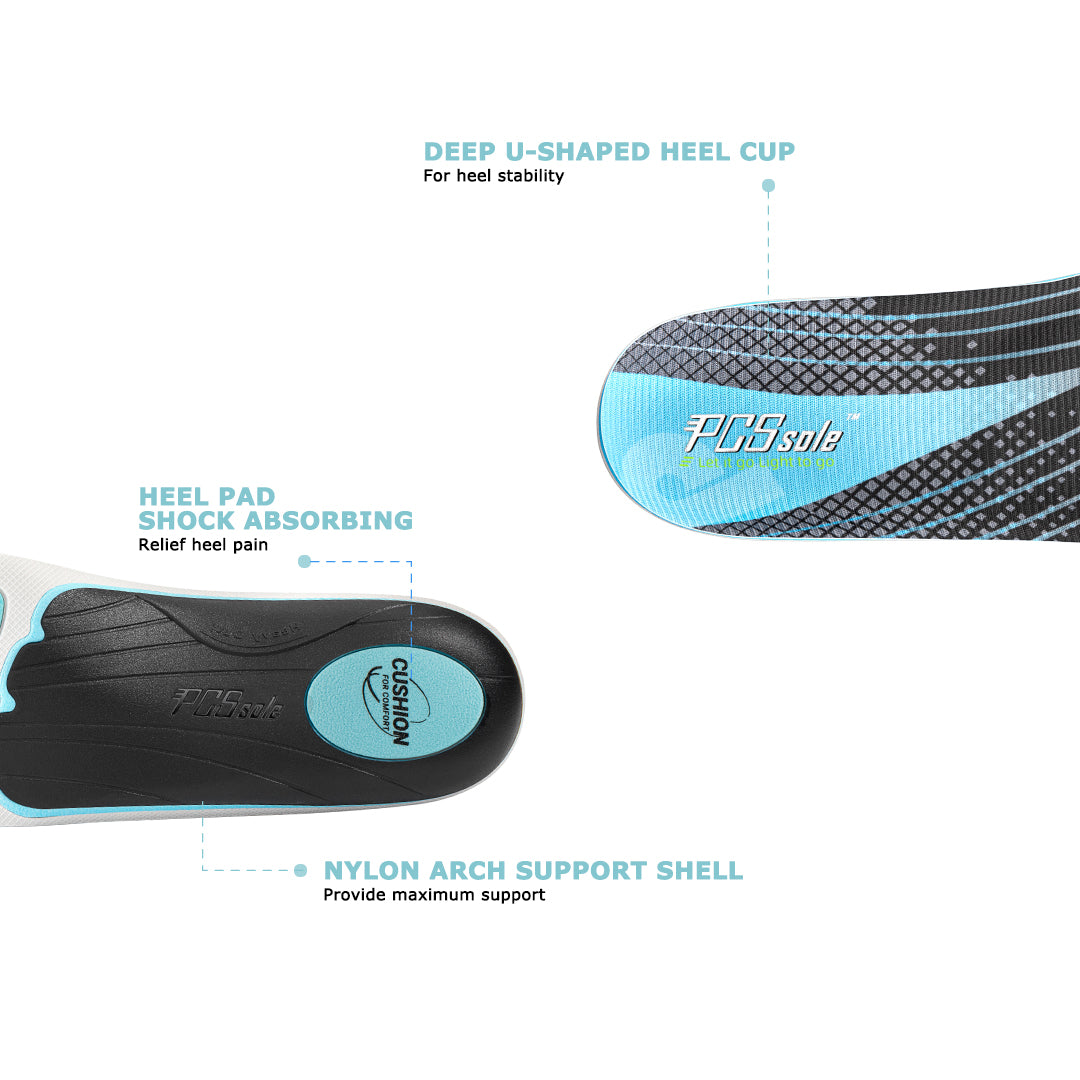
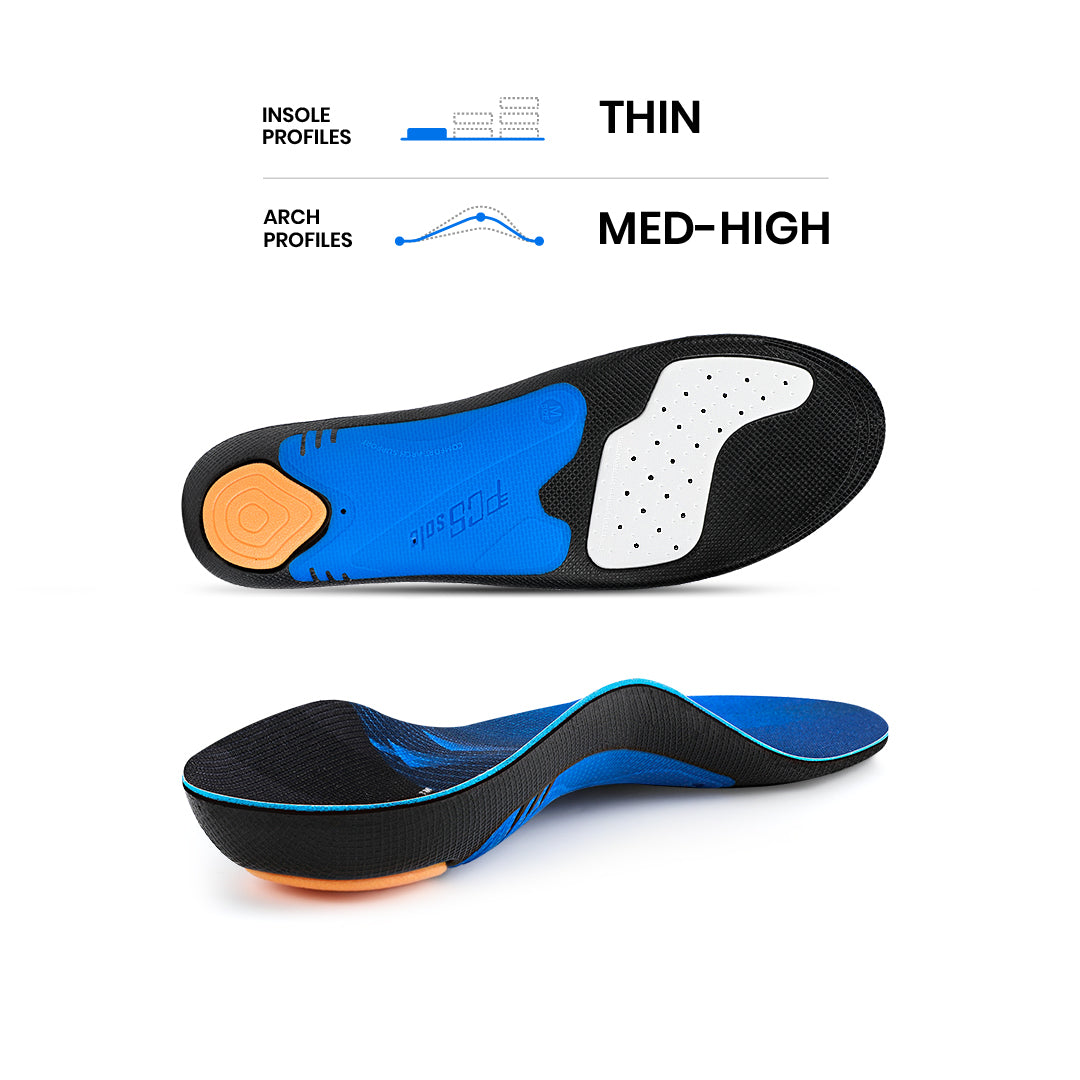
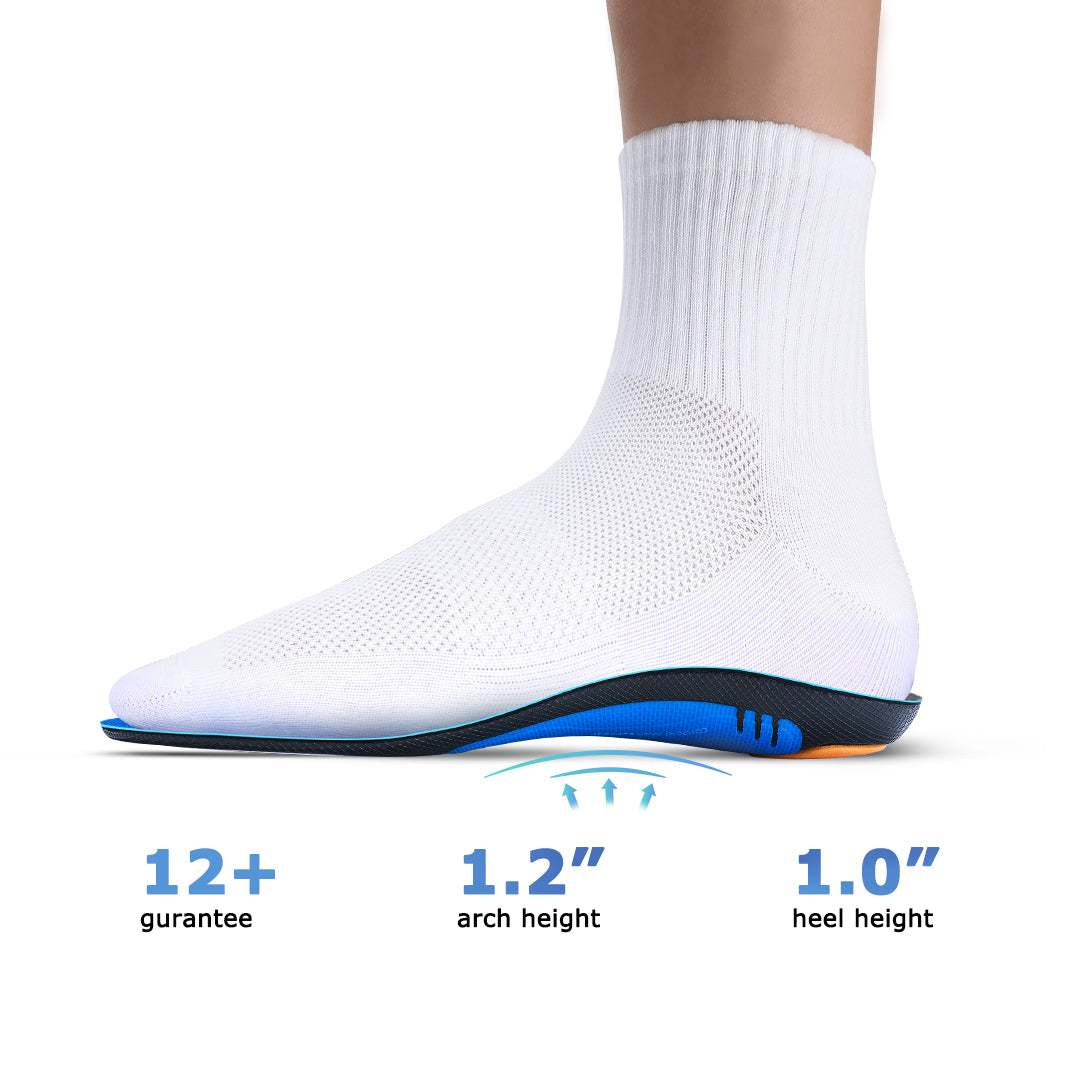
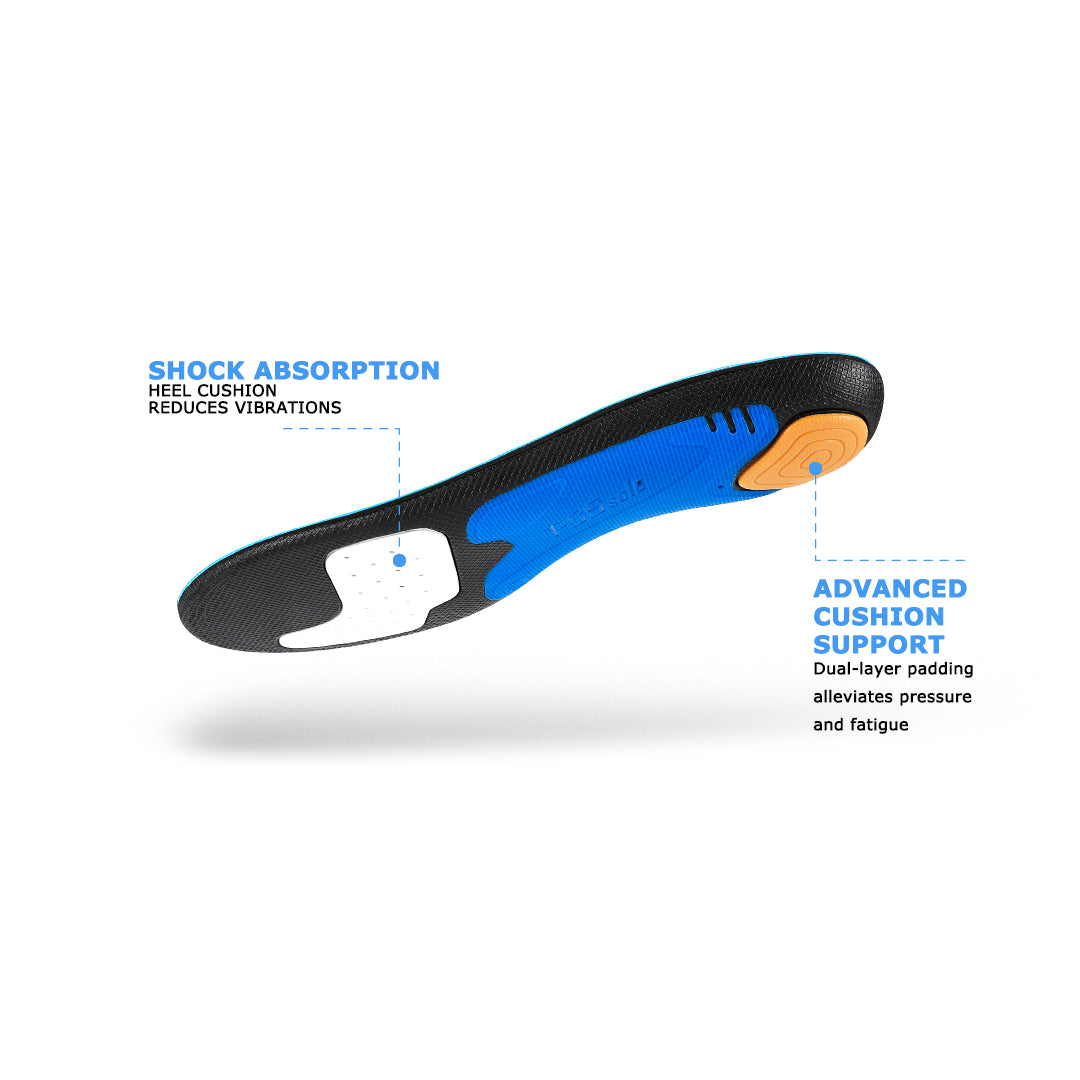
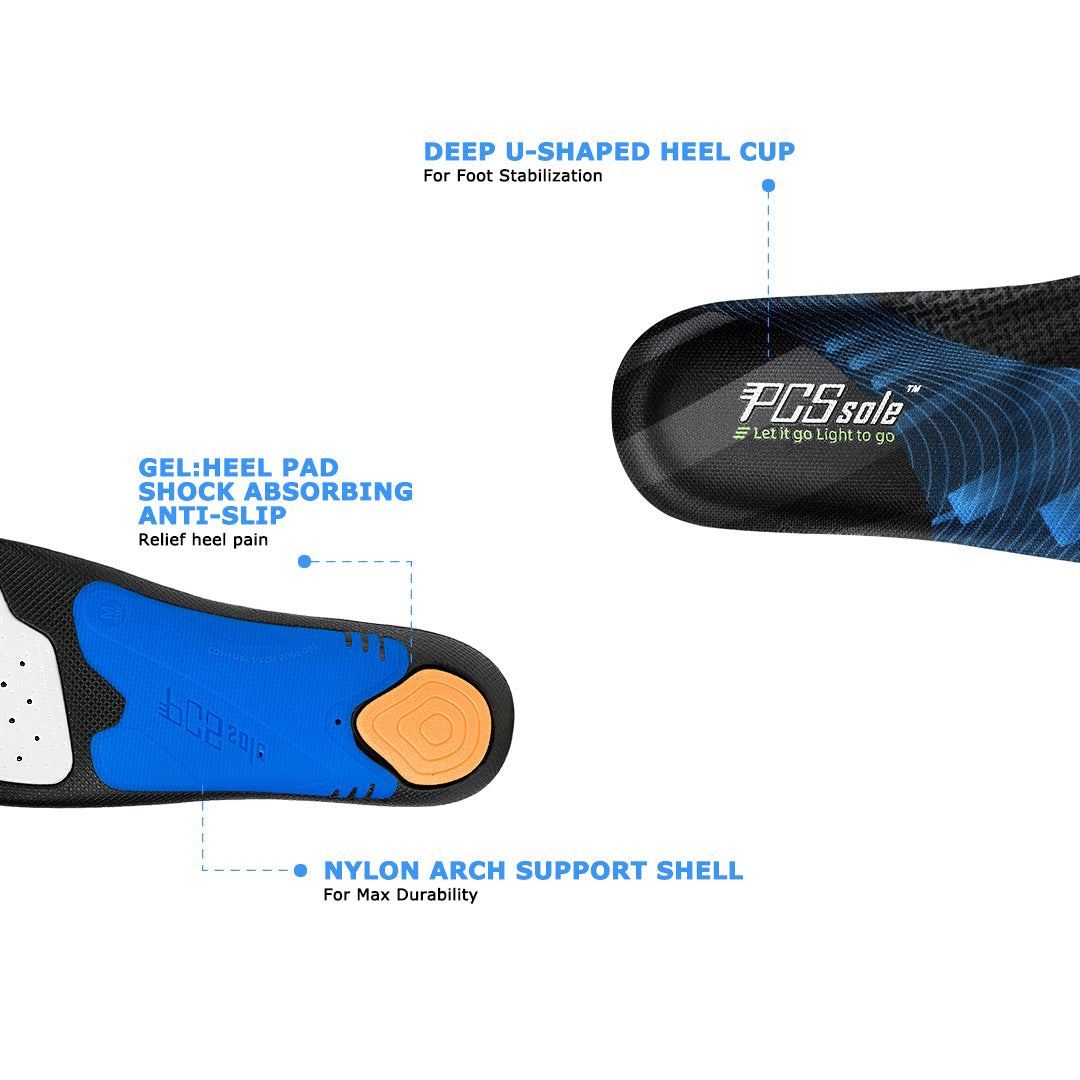
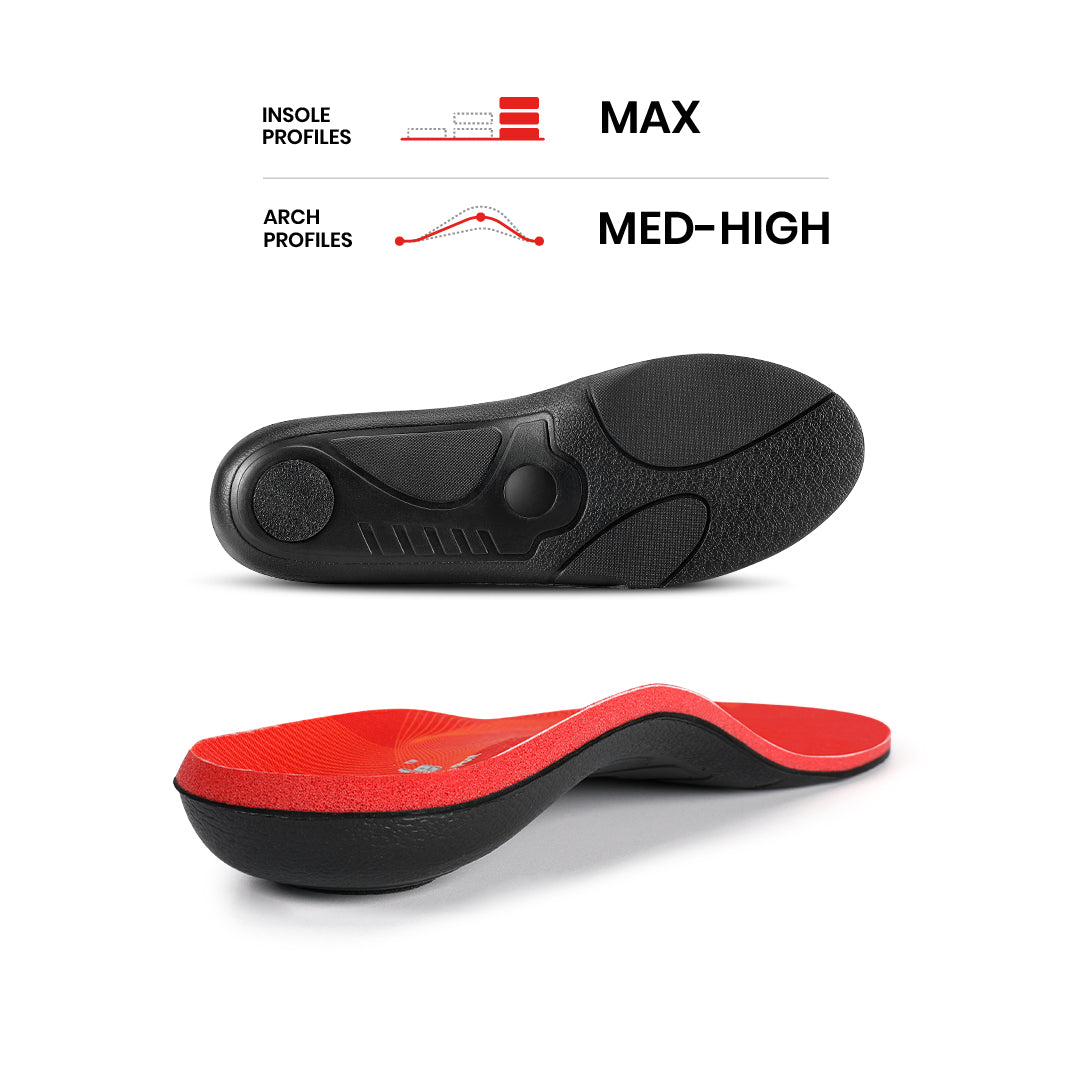


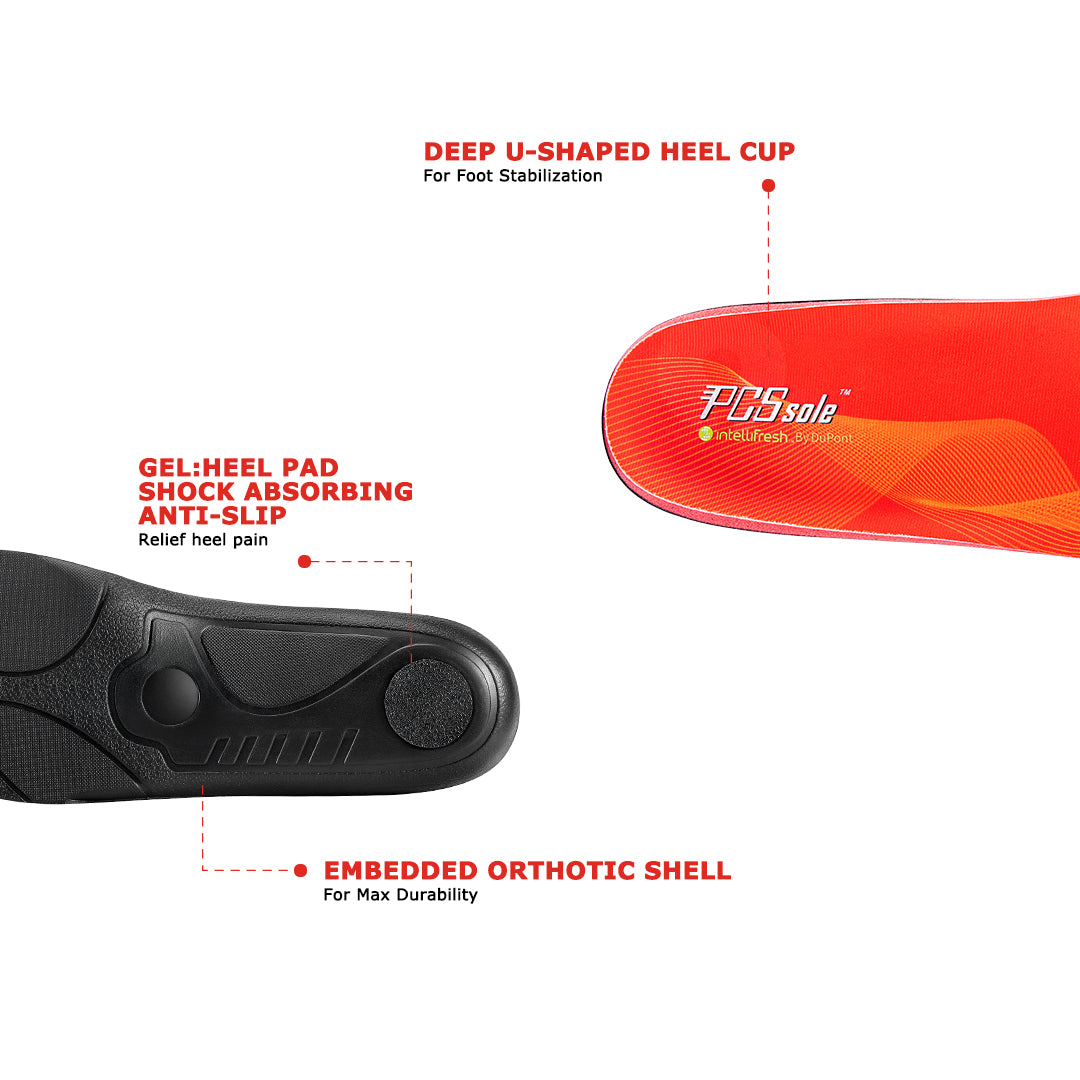
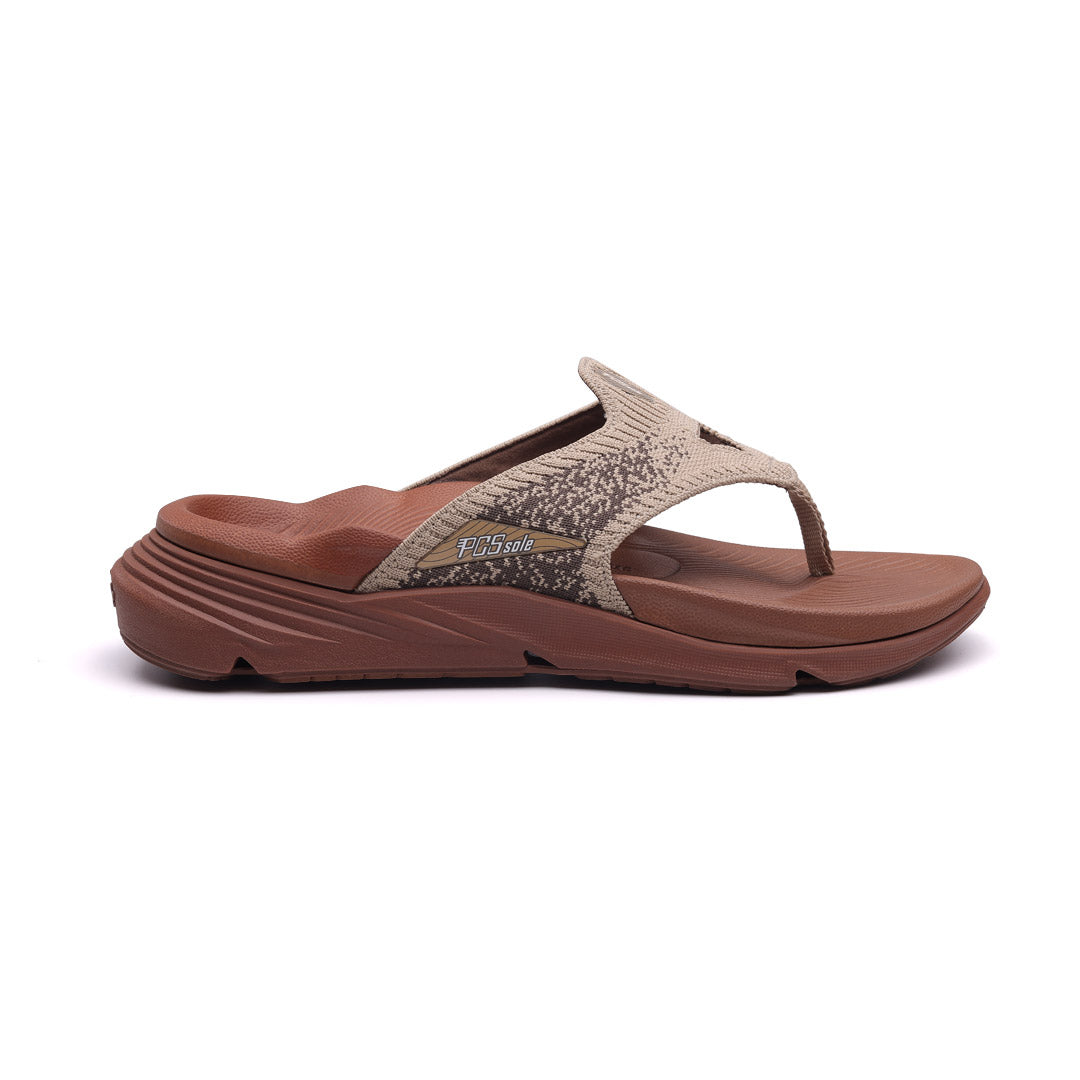


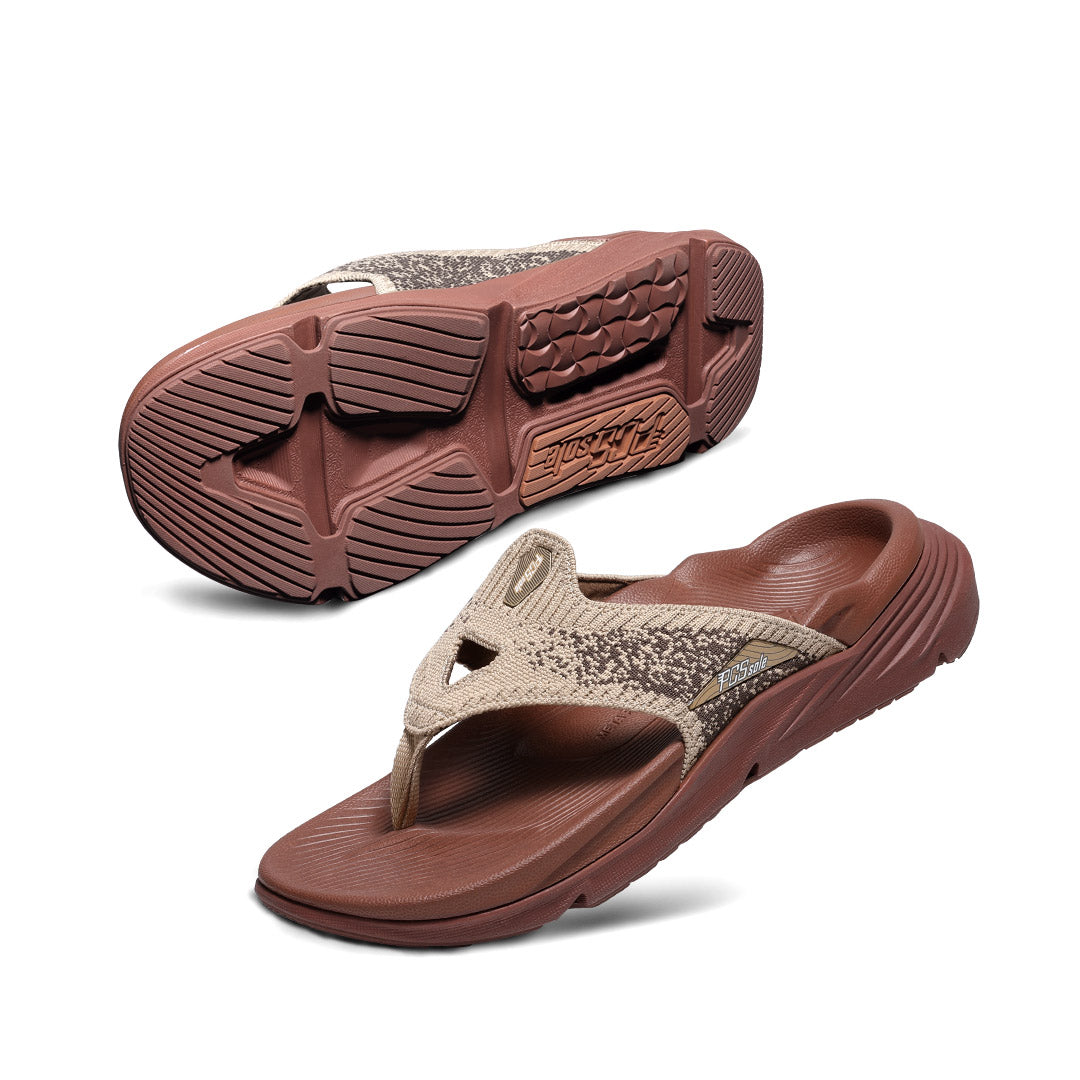
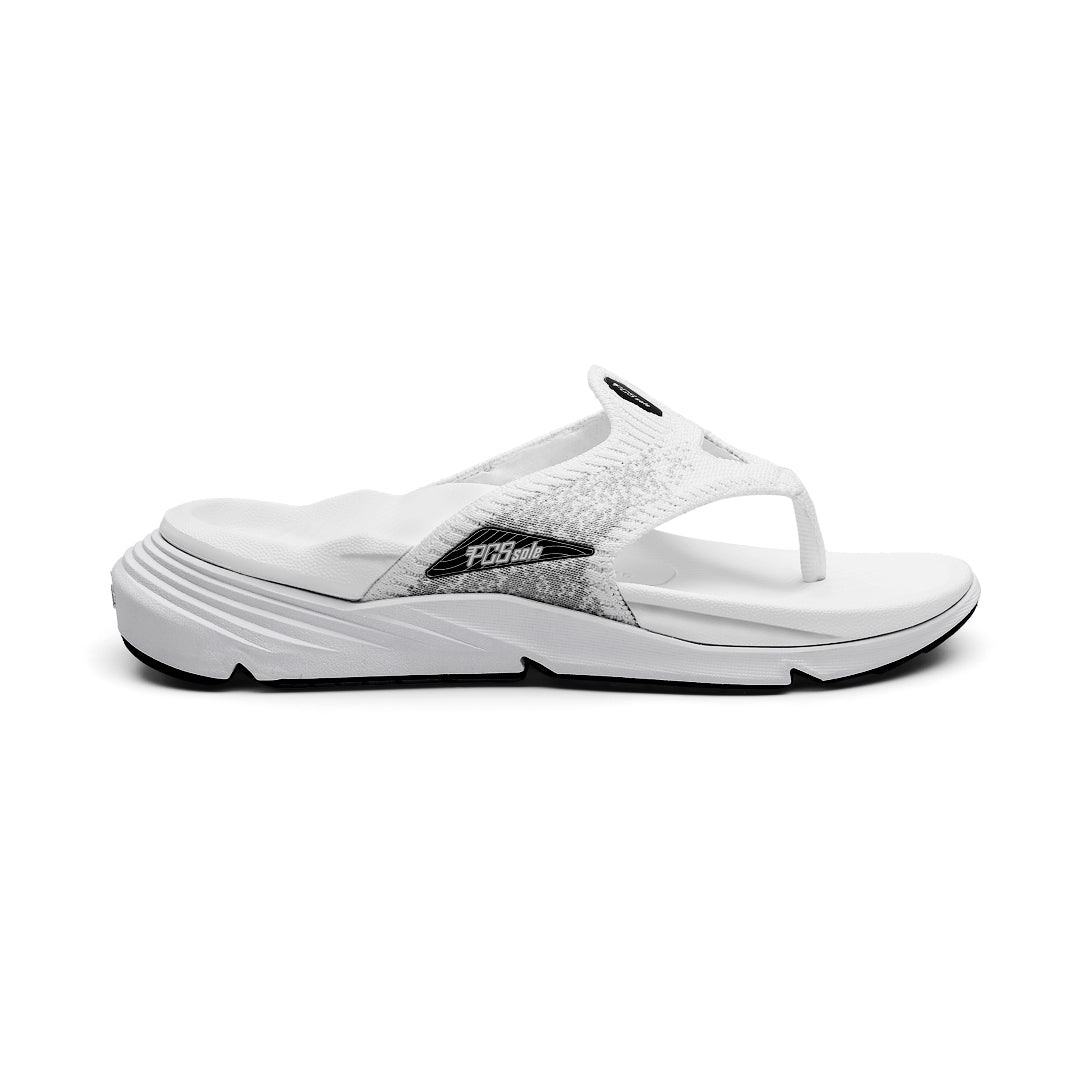

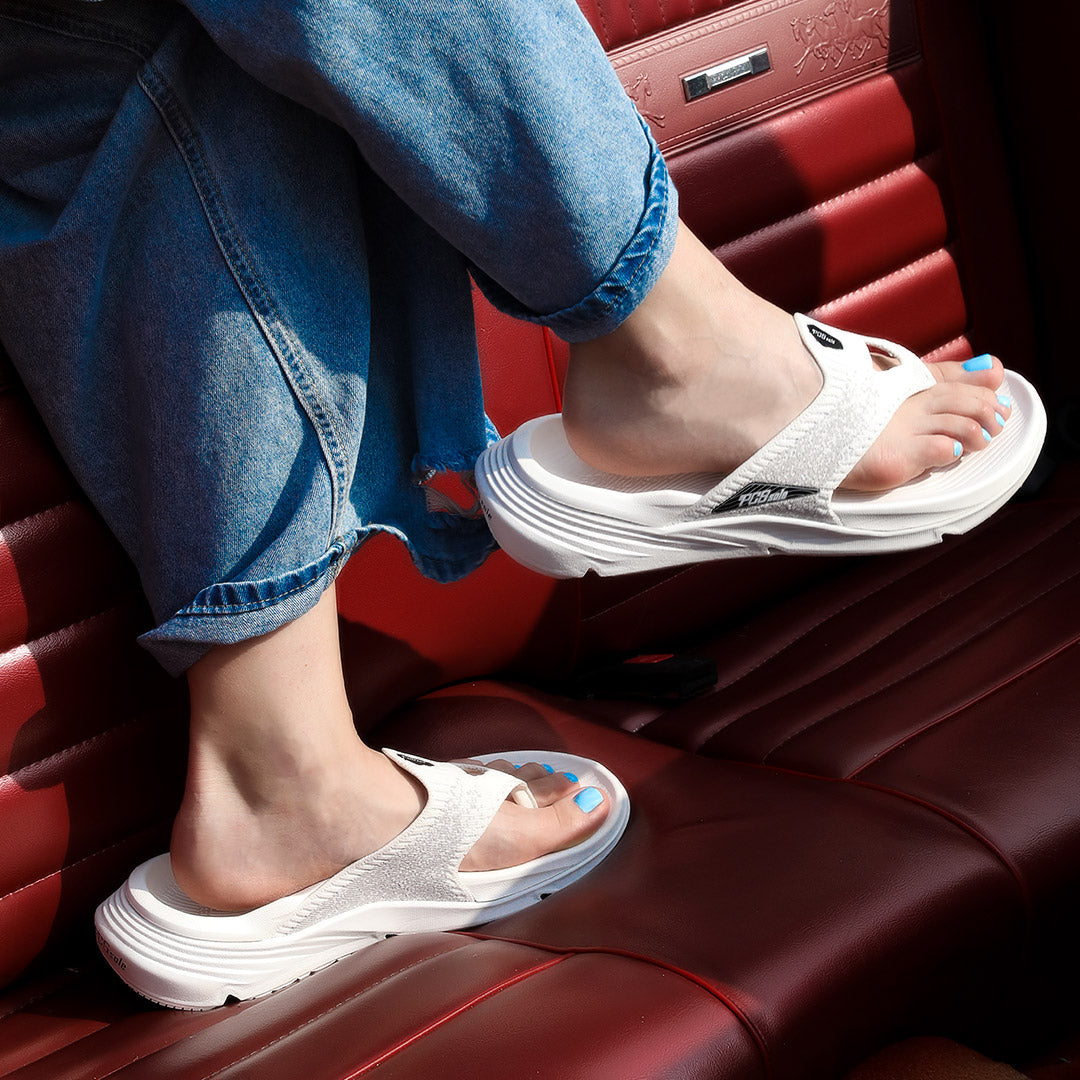
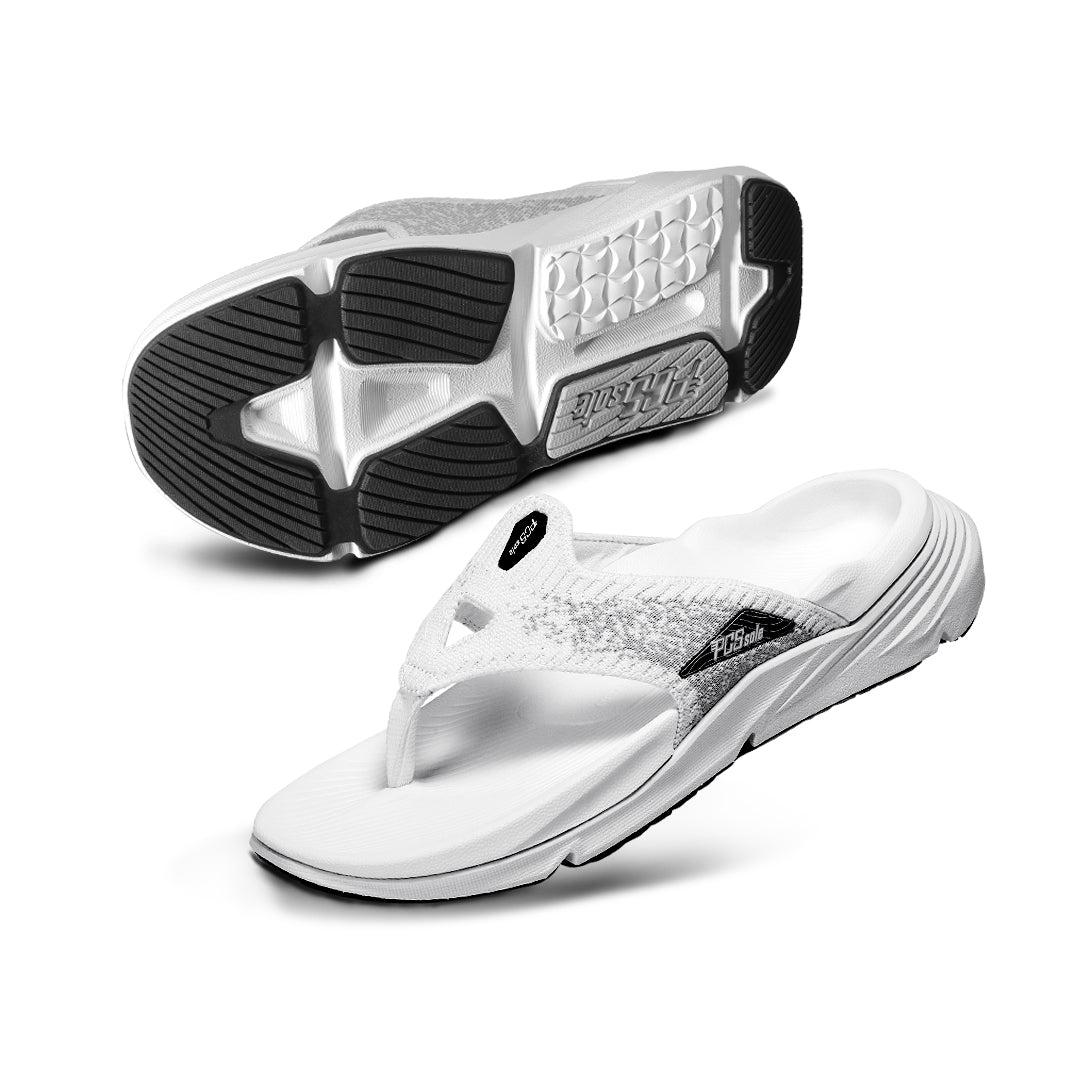
Share:
Types of Running Workouts You Need to Know
Serving, Kitchen & Scoring: Decoding 2025 Pickleball Rules